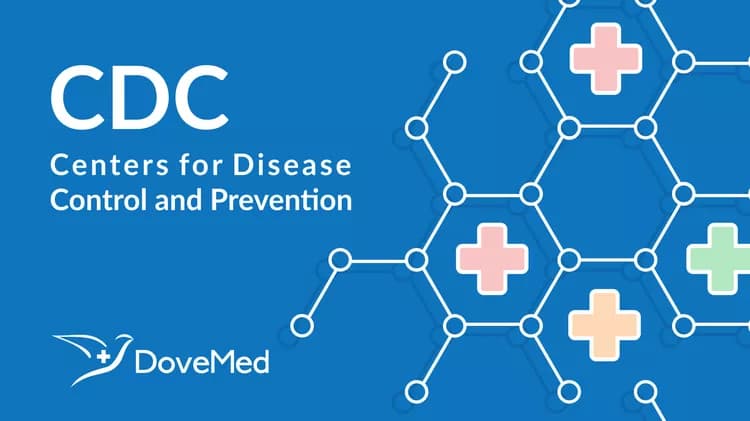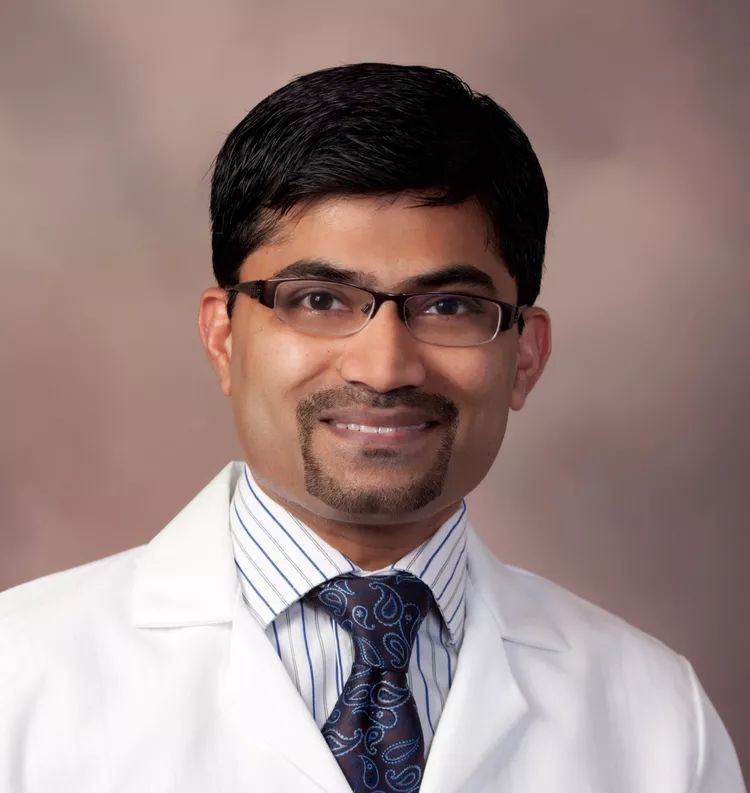
Study: Child Passenger Deaths Involving Drinking Drivers— United States, 1997–2002
Study: Child Passenger Deaths Involving Drinking Drivers— United States, 1997–2002
Motor vehicle crashes are the leading cause of death for children ages one year or older, and one in four of these crash deaths involves a driver who has consumed alcohol. This study also found that 68 percent of children killed in alcohol-related crashes in the United States between 1997 and 2002 were riding in the same vehicle as the drinking driver. Sixty-eight percent of the drinking drivers involved in these crashes survived, suggesting that many of the children might also have survived had they been properly restrained.
Additional key findings include:
A total of 2,335 (24 percent) of the 9, 622 child passengers who died in crashes from 1997 to 2002 involved drinking drivers.
Children who died in an alcohol-related crash were less likely to be properly restrained than children who died in crashes that did not involve alcohol.
Sixty percent of crashes involving a drinking driver in which a child passenger died occurred between 6 a.m. and 9 p.m.
Prevention Tips:
*Strong enforcement of driving while intoxicated (DWI) laws, child safety seat laws, and safety belt laws could further reduce these deaths. In addition, an increase in sobriety and safety belt check points, strongly enforced administrative license suspension for DWI and the implementation of mandatory substance abuse assessment and treatment for offenders could prove beneficial.
For Families
Adopt "zero tolerance" policy toward the transportation of children by drivers who have been drinking alcohol.
For Health Care Providers
Screen adult patients for alcohol problems.
Include information on the dangers to child passengers when counseling patients about risks of alcohol-impaired driving.
For States and Communities
Strictly enforce existing "DWI" laws.
Pass primary safety belt laws in every state that cover occupants in all seats.
Increase enforcement of child restraint and safety belt laws.
Consider lowering legal Blood Alcohol Content (BAC) limit for drivers transporting children.
Consider increasing penalties for transporting unrestrained children.
Evaluate the effectiveness of current child endangerment laws that apply special sanctions for drinking drivers who transport children.
Prevention Resources:
CDC’s Injury Center: Spotlight on Child Passenger Safety Week – www.cdc.gov/ncipc/duip/spotlite/chldseat.htm#planning
National Highway Traffic Safety Administration – www.nhtsa.gov
National Institution on Alcohol Abuse and Alcoholism – www.niaaa.nih.gov
National Child Passenger Safety Week Partnership – www.buckleupamerica.org/partnership/2004/cps
Mothers Against Drunk Driving – www.madd.org
Guide to Community Preventive Services –
www.thecommunityguide.org/mvoi/
*Recommendations from the Motor Vehicle Occupant Injury chapter of The Guide to Community Preventive Services, a federally sponsored initiative that is part of a family of federal public health initiatives. It provides public health decision makers with recommendations regarding population based interventions to promote health and to prevent disease, injury, disability, and premature death appropriate for use by communities and health care systems.
This MMWR article is available online at: http://www.cdc.gov/mmwr/preview/mmwrhtml/mm5304a2.htm.
For additional information from CDC’s Injury Center visit: http://www.cdc.gov/injury.
# # #
CDC protects people's health and safety by preventing and controlling diseases and injuries; enhances health decisions by providing credible information on critical health issues; and promotes healthy living through strong partnerships with local, national, and international organizations.
Related Articles
Test Your Knowledge
Asked by users
Related Centers
Related Specialties
Related Physicians
Related Procedures
Related Resources
Join DoveHubs
and connect with fellow professionals

0 Comments
Please log in to post a comment.